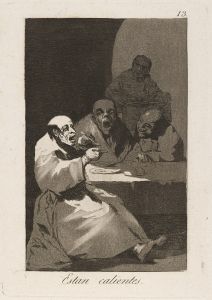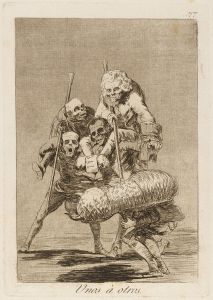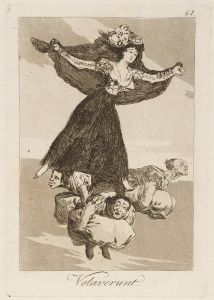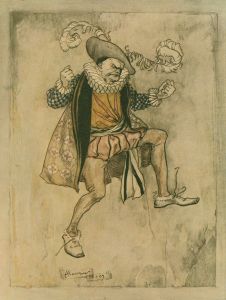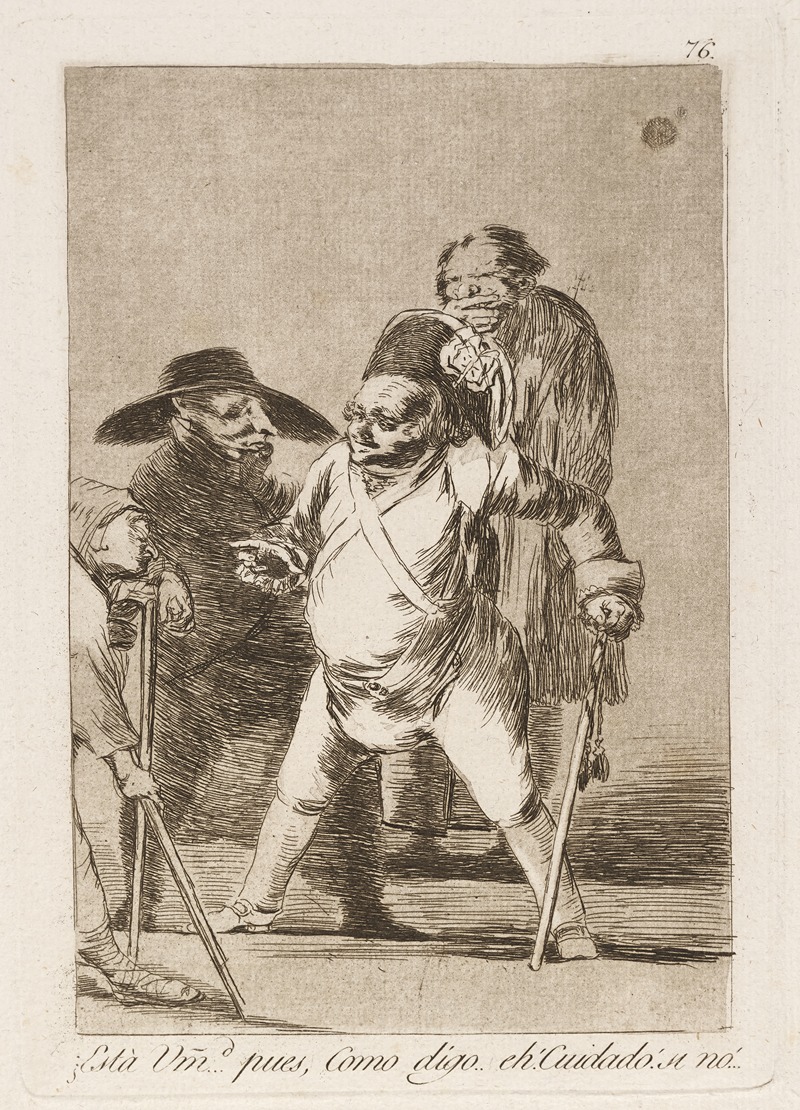
Está Umd. …pues, Como digo…eh! Cuidado! si no!
A hand-painted replica of Francisco de Goya’s masterpiece Está Umd. …pues, Como digo…eh! Cuidado! si no!, meticulously crafted by professional artists to capture the true essence of the original. Each piece is created with museum-quality canvas and rare mineral pigments, carefully painted by experienced artists with delicate brushstrokes and rich, layered colors to perfectly recreate the texture of the original artwork. Unlike machine-printed reproductions, this hand-painted version brings the painting to life, infused with the artist’s emotions and skill in every stroke. Whether for personal collection or home decoration, it instantly elevates the artistic atmosphere of any space.
Francisco de Goya, one of the most prominent Spanish artists of the late 18th and early 19th centuries, is renowned for his profound impact on the art world through his paintings, drawings, and etchings. However, there is no widely recognized artwork titled "Está Umd. …pues, Como digo…eh! Cuidado! si no!" attributed to Goya. It is possible that this title may refer to a lesser-known work, a misinterpretation, or a piece that has not been extensively documented in art historical records.
Goya's oeuvre is characterized by its diversity and depth, ranging from portraits of the Spanish aristocracy to haunting depictions of war and human suffering. His most famous works include "The Third of May 1808," "Saturn Devouring His Son," and the series of prints known as "Los Caprichos." These works showcase his ability to capture the complexities of human emotion and the socio-political turmoil of his time.
Goya's career began in the Spanish court, where he served as a court painter to King Charles IV. His early works were largely influenced by the Rococo style, but as his career progressed, he developed a more personal and expressive style. This evolution is evident in his later works, which often contain dark and satirical themes, reflecting his disillusionment with society and the horrors of war.
The artist's "Black Paintings," created in the later years of his life, are particularly notable for their intense and somber themes. These works were painted directly onto the walls of his home, the Quinta del Sordo, and include some of his most enigmatic and powerful images. They are considered a precursor to modern art movements due to their bold use of color and form.
Goya's influence extends beyond his lifetime, impacting numerous artists and movements. His work is often seen as a bridge between the Old Masters and modern art, with his innovative techniques and themes paving the way for future generations of artists.
In the absence of specific information about the artwork titled "Está Umd. …pues, Como digo…eh! Cuidado! si no!" it is important to focus on Goya's overall contributions to art and his enduring legacy. His ability to convey the human condition and critique societal norms through his art remains relevant and continues to be studied and admired by art historians and enthusiasts worldwide.
If more information about this specific title becomes available, it would be essential to verify its authenticity and context within Goya's body of work. Until then, the focus remains on the well-documented and influential pieces that define Francisco de Goya's remarkable career.





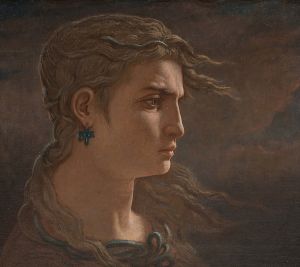
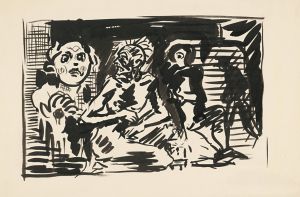
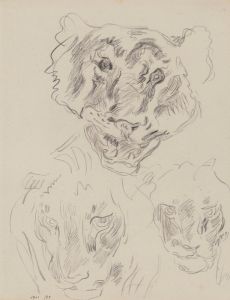

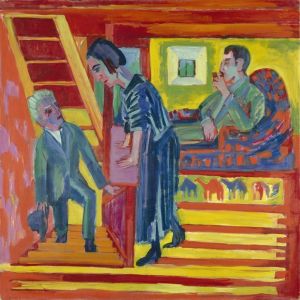

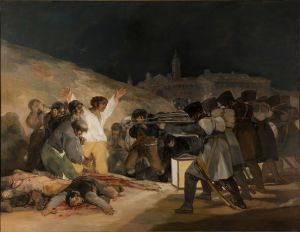
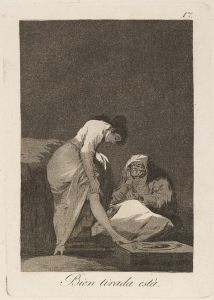
![Do Not Lose Honour through Fear [Folly of Fear]](/imgs/264599/s/francisco-de-goya-do-not-lose-honour-through-fear-folly-of-fear-9078775b.jpg)
